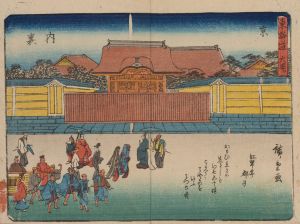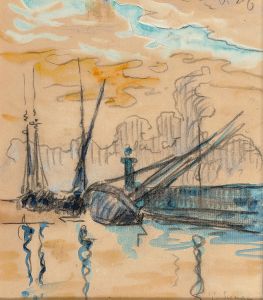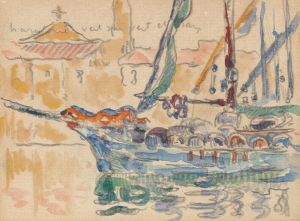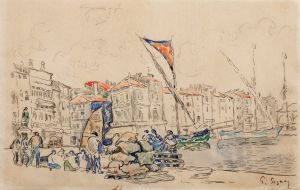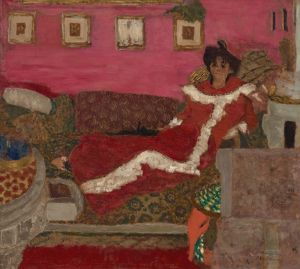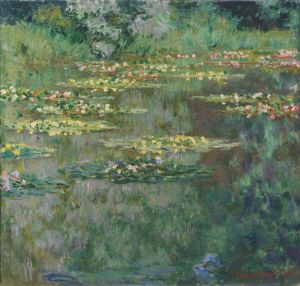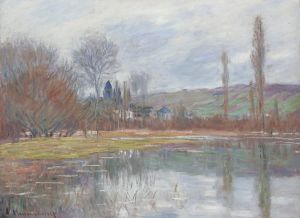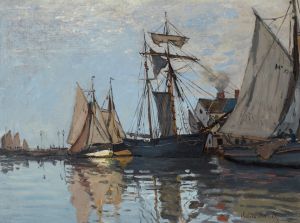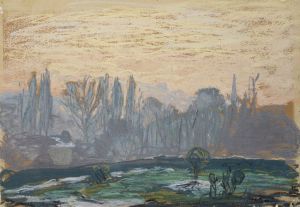
La route rouge près de Menton
A hand-painted replica of Claude Monet’s masterpiece La route rouge près de Menton, meticulously crafted by professional artists to capture the true essence of the original. Each piece is created with museum-quality canvas and rare mineral pigments, carefully painted by experienced artists with delicate brushstrokes and rich, layered colors to perfectly recreate the texture of the original artwork. Unlike machine-printed reproductions, this hand-painted version brings the painting to life, infused with the artist’s emotions and skill in every stroke. Whether for personal collection or home decoration, it instantly elevates the artistic atmosphere of any space.
"La route rouge près de Menton" is a painting by the renowned French Impressionist artist Claude Monet. Created in 1884, this artwork is a part of Monet's exploration of the Mediterranean landscape during his travels in the south of France. The painting captures a scene near Menton, a picturesque town located on the French Riviera, close to the Italian border.
Claude Monet, born on November 14, 1840, in Paris, is one of the most celebrated figures in the Impressionist movement, which sought to capture the effects of light and atmosphere in art. Monet's work is characterized by his innovative use of color and light, and his ability to convey the transient beauty of nature.
"La route rouge près de Menton" exemplifies Monet's fascination with the vibrant colors and unique lighting of the Mediterranean region. The painting depicts a red road winding through a lush landscape, with the warm hues of the earth contrasting against the verdant greenery and the clear blue sky. This composition highlights Monet's skill in using color to evoke mood and atmosphere, a hallmark of his Impressionist style.
During the early 1880s, Monet traveled extensively along the Mediterranean coast, seeking inspiration from the diverse landscapes and the quality of light unique to the region. His journey to Menton and other nearby areas allowed him to explore new motifs and expand his artistic repertoire. The Mediterranean climate and scenery provided Monet with the opportunity to experiment with different color palettes and techniques, which is evident in "La route rouge près de Menton."
The painting reflects Monet's interest in capturing the essence of a moment, a key principle of Impressionism. By focusing on the interplay of light and color, Monet was able to convey the dynamic and ever-changing nature of the landscape. The use of loose brushstrokes and a vibrant color palette in "La route rouge près de Menton" creates a sense of movement and immediacy, drawing the viewer into the scene.
Monet's work during this period was instrumental in solidifying his reputation as a leading figure in the Impressionist movement. His ability to capture the subtleties of light and atmosphere influenced many of his contemporaries and continues to inspire artists today.
"La route rouge près de Menton" is a testament to Monet's mastery of landscape painting and his dedication to capturing the beauty of the natural world. The painting remains an important part of Monet's oeuvre, showcasing his innovative approach to color and composition. It is a fine example of how Monet's travels and experiences in different regions enriched his artistic vision and contributed to the development of Impressionism as a major art movement.





